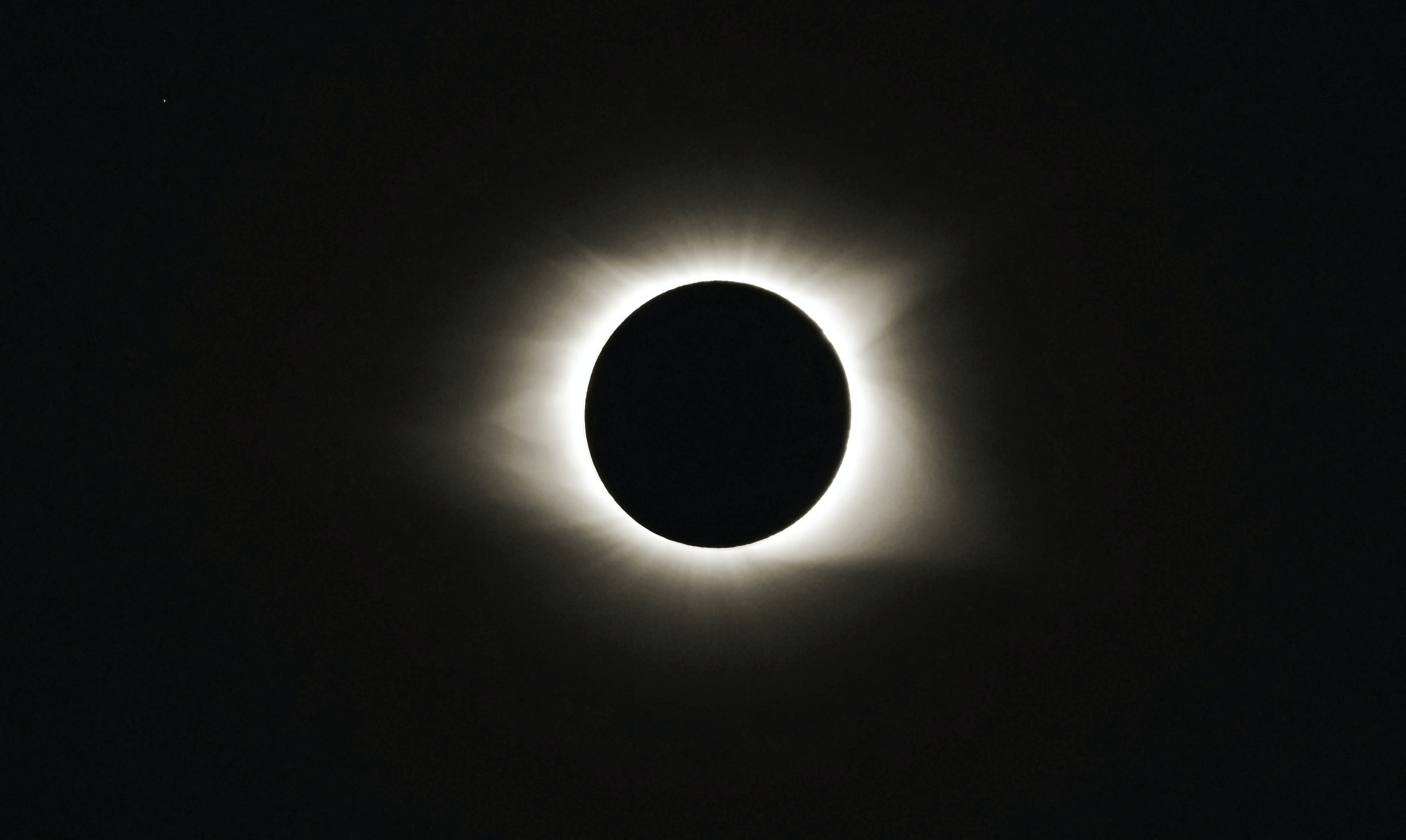Jaw-dropping shots and stunning geometry: Inside the rare and unforgettable total solar eclipse
Last week’s total solar eclipse may have been brief, lasting only between 60 and 76 seconds, but it left an indelible impression on those who witnessed it in Western Australia, Timor Leste, and West Papua in Indonesia. The geometry of the eclipse, known as a hybrid-total solar eclipse, produced a stunning visual spectacle.
Total solar eclipses occur when the Moon and Sun appear to be the same size in the sky. Although the Moon’s diameter is 400 times smaller than the Sun’s, it’s also 400 times closer. However, this perfect alignment is rare, making the April 20th eclipse an exceptional event. The almost exact match in size between the Moon and Sun led to the creation of Baily’s beads around the Moon, which glimmered like glitter.
The eclipse also revealed the Sun’s active status, with onlookers observing a flurry of activity on its surface, including pinkish plasma loops and an enormous solar corona. During the totality phase of a total solar eclipse, it’s possible to see everything with the naked eye. While binoculars or a small telescope may enhance the experience, nothing compares to the human eye’s pure dynamic range.
One of the best solar eclipse compositions I_ve ever seen! pic.twitter.com/isvDEtiW5j
— Amazing Physics (@amazing_physics) May 2, 2023
Although a camera cannot reproduce what the human eye sees during a total solar eclipse, photographers captured some breathtaking images. The unique geometry of the hybrid-total solar eclipse produced some jaw-dropping special effects that photographers were eager to capture.
The images captured during last week’s total solar eclipse serve as a reminder of the extraordinary events that occur in our solar system. The perfect alignment of the Moon and Sun and the fleeting nature of total solar eclipses make them a rare and cherished experience for those fortunate enough to witness them.

































